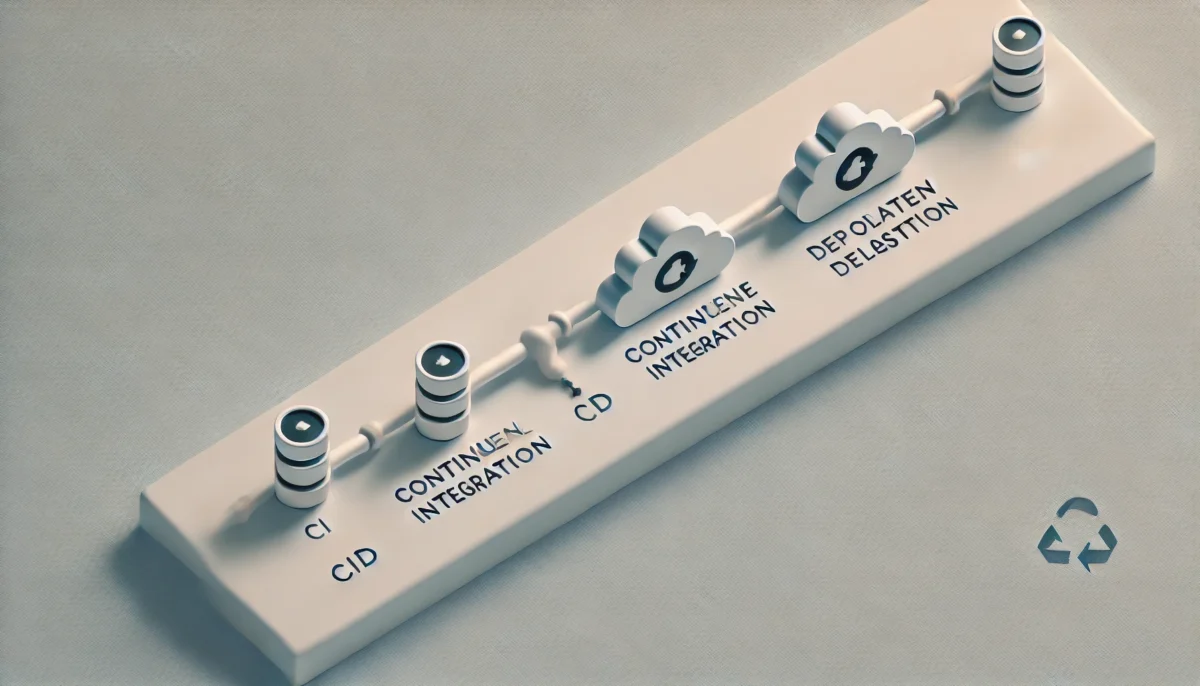In today’s fast-paced digital landscape, businesses require seamless and efficient software development processes to stay competitive. CI/CD (Continuous Integration and Continuous Deployment/Delivery) is a modern approach that automates software development, testing, and deployment, ensuring rapid and reliable updates. This article explores the fundamentals of CI/CD, its benefits, best practices, and why it is crucial for modern enterprises.
What is CI/CD?
Continuous Integration (CI)
CI is the practice of frequently integrating code changes into a shared repository. Automated tests run after each change to detect errors early, ensuring software stability and minimizing integration issues. Popular CI tools include Jenkins, GitHub Actions, GitLab CI/CD, and CircleCI.
Continuous Delivery (CD)
Continuous Delivery ensures that the integrated code is always in a deployable state. While deployment is still manual, the software is tested, built, and ready for release at any time.
Continuous Deployment (CD)
This step takes automation further by automatically deploying every validated change to production without human intervention. This allows businesses to release new features quickly and respond to user feedback in real-time.
Benefits of CI/CD
1. Faster Software Releases
CI/CD automates repetitive tasks, significantly reducing the time required to develop, test, and deploy applications.
2. Improved Code Quality
Automated testing ensures that only high-quality, bug-free code is deployed to production.
3. Reduced Risks and Errors
Early detection of bugs and vulnerabilities helps minimize failures and rollbacks in production environments.
4. Enhanced Collaboration
With CI/CD pipelines, developers can work on different features simultaneously, improving teamwork and productivity.
5. Scalability and Flexibility
CI/CD allows businesses to scale their applications effortlessly while ensuring seamless updates and maintenance.
Best Practices for CI/CD Implementation
- Use Version Control Systems (VCS): Tools like Git help manage source code changes efficiently.
- Automate Testing: Implement unit, integration, and performance tests within the CI/CD pipeline.
- Monitor and Log Deployments: Use monitoring tools like Prometheus and Grafana to track performance.
- Security First: Implement security checks and vulnerability scanning in CI/CD pipelines.
- Use Infrastructure as Code (IaC): Tools like Terraform and Kubernetes ensure consistency across environments.
CI/CD in Cloud Solutions
Cloud platforms such as AWS, Azure, and Google Cloud provide robust CI/CD tools to automate workflows and deployments. Popular cloud-based CI/CD solutions include AWS CodePipeline, Azure DevOps, and Google Cloud Build.
Conclusion
CI/CD has revolutionized software development by introducing automation, efficiency, and reliability. By adopting best practices and leveraging cloud-based solutions, businesses can stay ahead in today’s competitive market. Whether you are a startup or an enterprise, integrating CI/CD is a crucial step towards seamless software development and deployment.
